When a Mall Meant Everything
There was a time when stepping into Lakeforest Mall meant more than shopping. You might remember the rush of escalators beside Hecht's, the sound of skates gliding across the indoor ice rink, or the smell of Chi-Chi's drifting past the carousel.
That mall was a layout of memory, retail, and routine. Built in Gaithersburg, Maryland, and opened in 1978, Lakeforest Mall wasn't designed for a quick stop. It sprawled, invited, and stayed.
For decades, it shaped local rhythms, lured weekend plans, and gave teens and retirees somewhere to go without needing a reason.
Long before apps replaced errand lists, the mall was the answer to "What should we do today?" For many in Montgomery County, Lakeforest Mall once topped the list of things to do in Gaithersburg, MD.
Grand Opening and the Anchor Game
When Lakeforest Regional Mall opened its doors on September 12, 1978, it didn't ease in quietly.
With four major anchors from the start, JCPenney, Sears, Woodward & Lothrop, and Hecht's, it was set up to pull steady retail traffic across the region.
The mall opened with about 50 stores, some of which relocated from the older Village Mall nearby.
Lakeforest Mall was the first enclosed shopping mall of its scale in Montgomery County, Maryland.
At launch, it was also one of the few malls in the country to feature a full-sized indoor ice skating rink tucked into what was then called the "H section." The rink helped distinguish the property from competitors and set it apart as a draw for both shoppers and casual visitors.
Built on the former grounds of Lake Walker, a man-made lake and park, the mall was a deliberate shift away from outdoor retail strips.
Its design captured the late-70s tilt toward climate-controlled shopping destinations.
A decade before "big box" took hold, Lakeforest Mall leaned into the variety and anchored attraction.
A movie theater eventually replaced the skating rink and then a food court, but in those first years, it represented a kind of local ambition that no one at the time seemed eager to second-guess.
Commercial Upgrades and Tenant Rotation in the 1980s
By 1984, Lakeforest Mall was shifting.
The original ice rink - once a visual anchor - was removed and replaced with a five-screen NTI Theaters multiplex.
Cineplex Odeon acquired the operation soon after, rebranding it as Lakeforest 5.
The swap wasn't about novelty. It was part of a broader tilt toward tightening the tenant mix and pushing higher-yield entertainment offerings.
Food courts hadn't yet hit their peak, but full-service dining options were already anchoring corners of the property.
Friendly's and Long John Silver's brought in steady midday traffic during the second half of the decade.
Not flashy, but dependable. These restaurants stayed through much of the 1990s before eventually closing as dining habits shifted again.
There's no record of flashy grand openings during these years, but the leasing strategy changed.
Stores began to cycle more quickly. Smaller retailers came and went, particularly in the mall's inner corridors.
The focus was no longer on marquee arrivals but on maintaining foot traffic and occupancy rates.
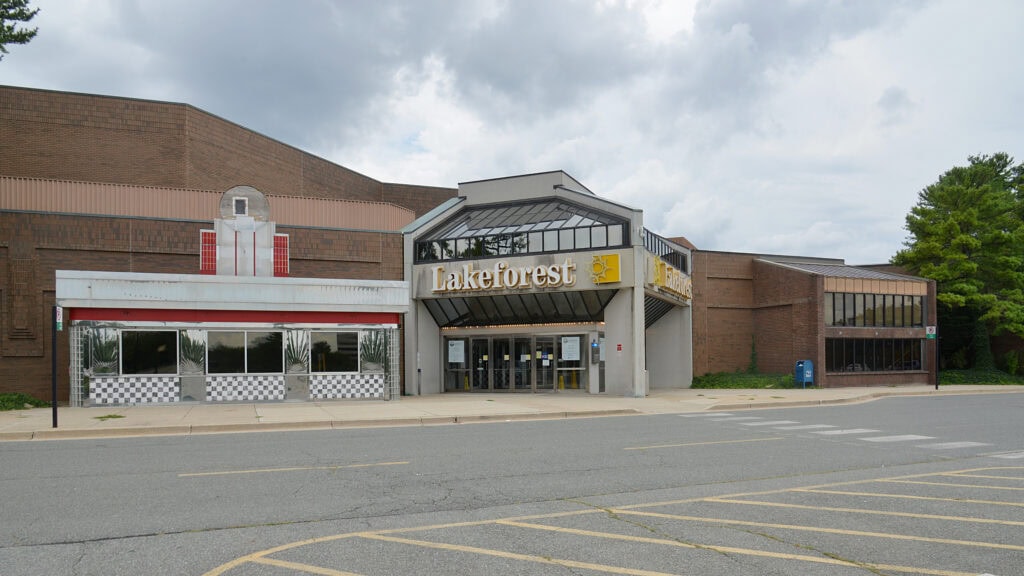
Asset Transfers and Financial Pressure in the 1990s and 2000s
Ownership of the mall shifted in August 1998 when Taubman Centers sold the property to GM Pension Trust.
Within weeks, a parking space along Lost Knife Road was converted into the Lakeforest Transit Center and Park and Ride - a move that aligned with Montgomery County's bus network expansion but also forecasted heavier dependency on public transit to draw shoppers.
By 2000, the Cineplex Odeon Lakeforest 5 had closed.
That space didn't stay dark for long. In November of that year, a new food court called Cafes in the Forest opened in the old theater footprint.
Nine food vendors launched with it, supplementing the half-dozen eateries already scattered across the main floor.
Simon Property Group entered the picture in 2003, acquiring the mall as part of its wider real estate holdings.
The group's national portfolio gave Lakeforest Mall broader exposure but didn't insulate it from local downturns.
Macy's replaced Hecht's in May 2006, reflecting Federated Department Stores' acquisition strategy at the time.
By 2011, financial stress was public. Simon defaulted on the mall's mortgage.
The site was listed for sale, and serious cracks in the long-term strategy began to show.
Net income figures tell the story clearly: $14.68 million in 2012 dropped to $6.18 million by 2016.
That gap defined the next phase.
Anchor Vacancies and Decline in Retail Value
In 2017, Five Mile Capital lost control of Lakeforest Mall after foreclosure.
That August, it sold at auction for $19.1 million.
The price tag alone told the story. Just five years earlier, the property had been valued at $100 million.
U.S. Bank took control, but it didn't hold on for long.
By the end of 2019, ownership had transferred again, this time to WRS Inc. Real Estate Investments, a South Carolina-based firm with redevelopment in its business model.
JCPenney's closure was announced in February 2019.
The store shuttered on July 5, part of a national move that cut 27 locations.
Lord & Taylor followed the same year, confirmed by a city council member on June 5.
It closed on September 15. Then Sears joined them, closing on December 1 after being named in a separate plan affecting 92 U.S. stores.
Macy's, which had replaced Hecht's in 2006, became the final holdout.
Its departure wasn't rushed. Liquidation started on January 9, 2023. By March 18, the space was dark.
By early 2023, there were no anchors left. The mall still stood, but the economic scaffolding that had propped it up for four decades was gone.
What remained was a shell waiting for demolition or repurposing.
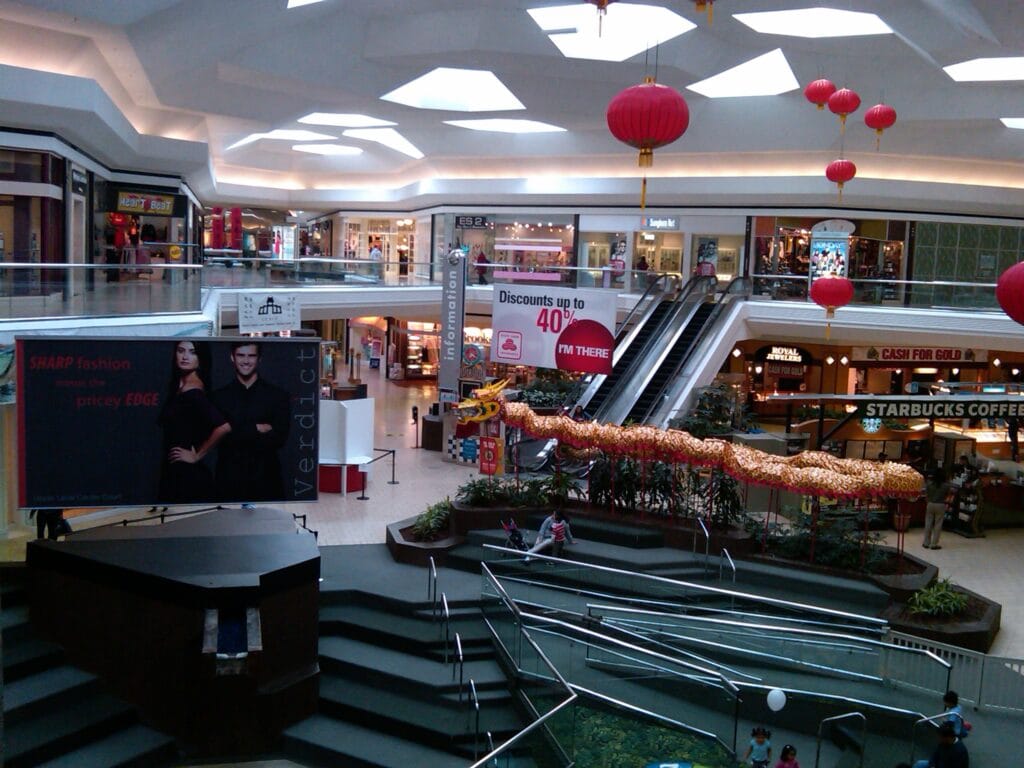
Final Closure and Exit from Public Access
WRS Inc. had already announced its intentions in late 2022.
On October 20, the company stated that Lakeforest Mall would be demolished by 2024.
A more precise timeline came later, during a January 17, 2023, public hearing in Gaithersburg City Hall.
The plan was direct: full closure of the mall on March 31, 2023.
That decision came shortly after Macy's confirmed its departure.
Without any remaining anchors, the mall couldn't support basic tenant traffic.
At closure, the property marked 45 years since its 1978 launch.
It wasn't demolished immediately. WRS scheduled the demolition for June 2025.
The city approved the redevelopment proposal, which detailed a mix of residential units, retail, office space, and transit access.
So the doors closed. The mall lights went off. What came next was paper, permits, and wait time.
Demolition wasn't fiction. It just had a long lead-in.
Redevelopment Pipeline and Approved Site Use
On September 18, 2024, the Gaithersburg Mayor and City Council voted to approve WRS Inc.'s redevelopment application.
The plan covered the full 102-acre site.
It called for 1,600 residential units, 750,000 square feet of employment-use space, and retail components split into 250,000 square feet for large-format stores and another 220,000 square feet for commercial use.
Transit upgrades are included in the proposal, too.
The city's plan involved relocating the existing Lakeforest Transit Center and Park and Ride away from Lost Knife Road and closer to Russell Avenue.
WRS included a new central parking garage, a movie theater concept, and improved stormwater elements along the property's ponds.
One element called for a wooden boardwalk built over the water.
The layout followed mixed-use templates already built in other Maryland jurisdictions.
The project arrived in phases.
Final site plan applications for Phase 1 and Phase 2 were filed in May 2025 and remained under city review as of early June.
The pre-demolition clock kept running.
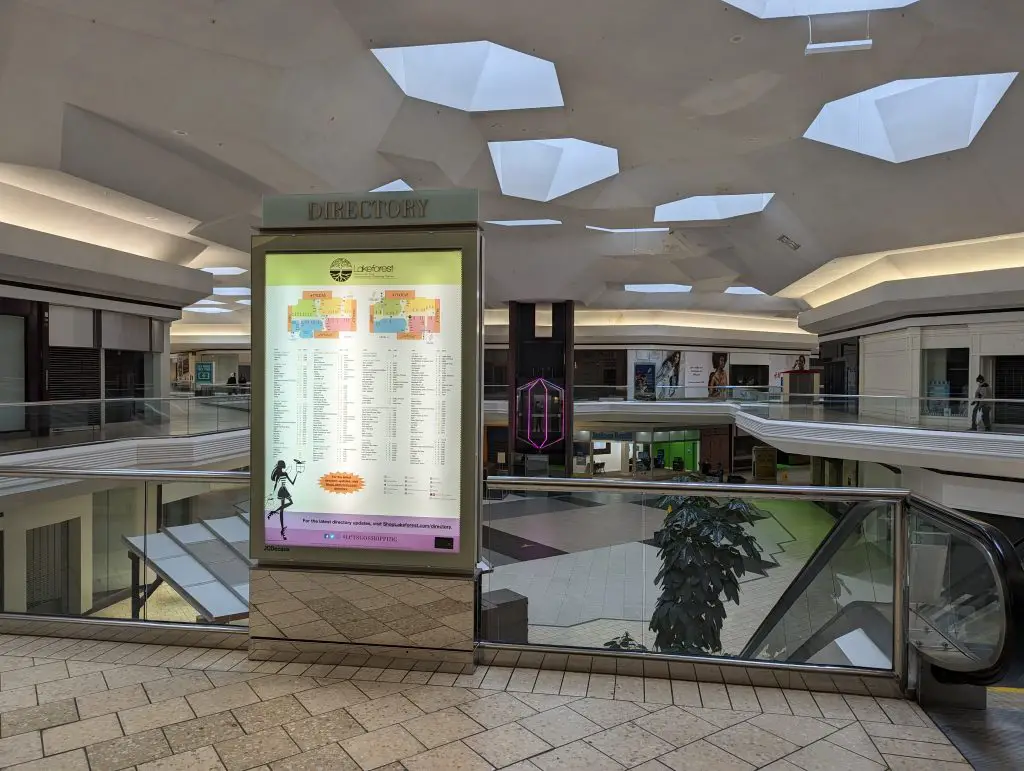
Infrastructure Spending and Long-Term Construction
The Lakeforest Mall site was never just about the mall.
It sat along Russell Avenue, on a corridor the city had eyed for upgrades.
In October 2024, federal funds helped close the gap.
Gaithersburg received $1 million for infrastructure improvements as part of the larger redevelopment.
The award came through federal transit and capital programs.
The site plan at the time suggested 4 to 6 months for the teardown itself.
Once that is finished, another 12 months will be used for road work and infrastructure installation.
Curbs, pipes, sidewalk grading, utility access, and stormwater facilities all sat in the early sequence.
The total project timeline isn't short. In city records and developer briefings, the full buildout is projected to take roughly six years.
That places final occupancy into the early 2030s.
🍀

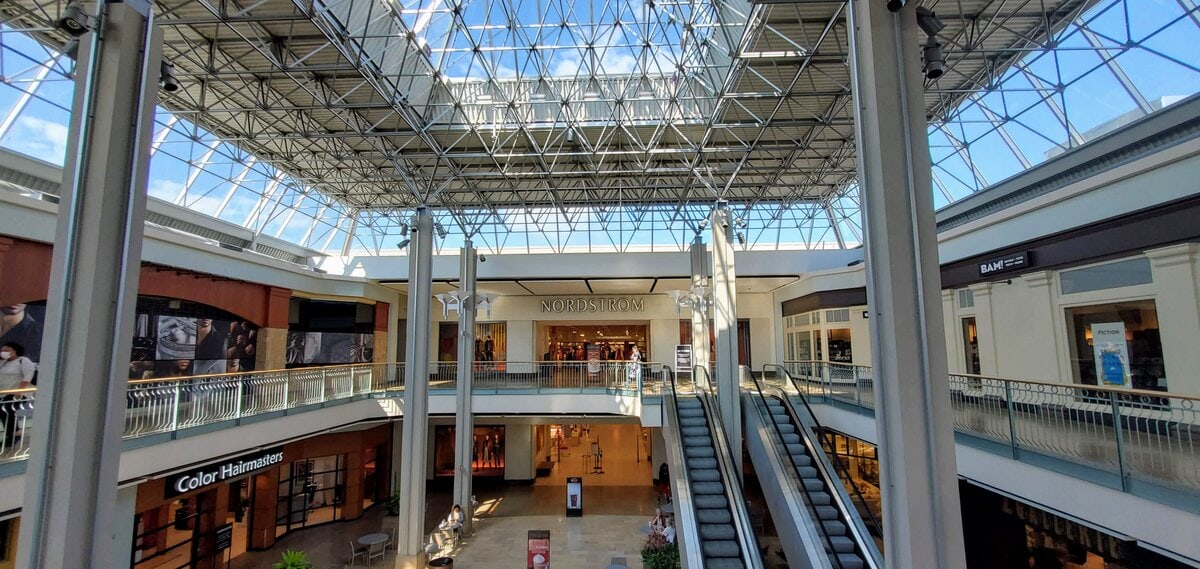

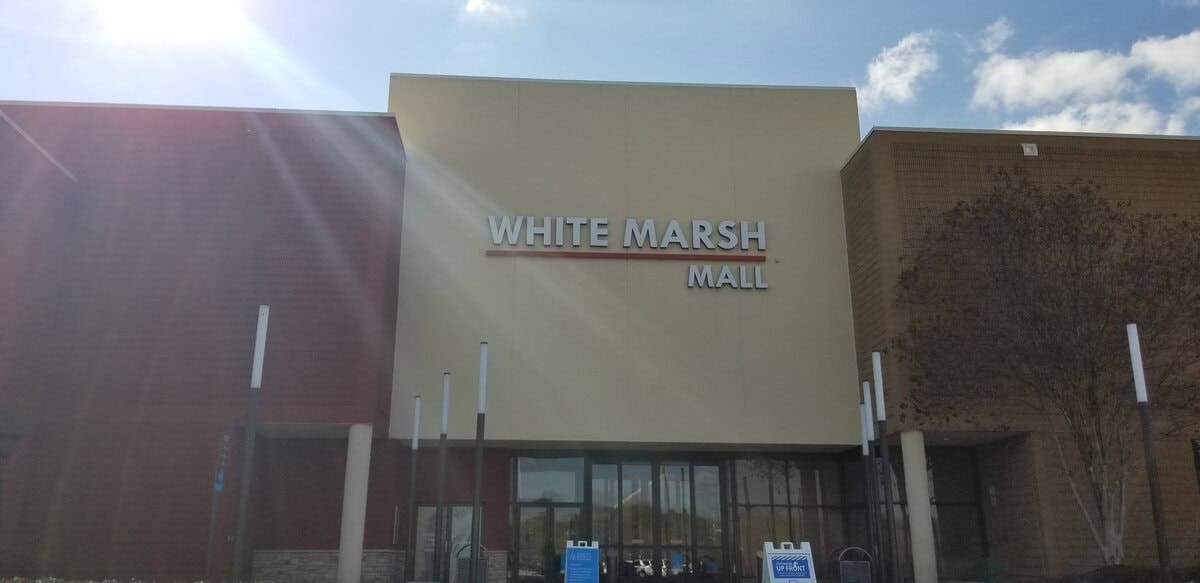

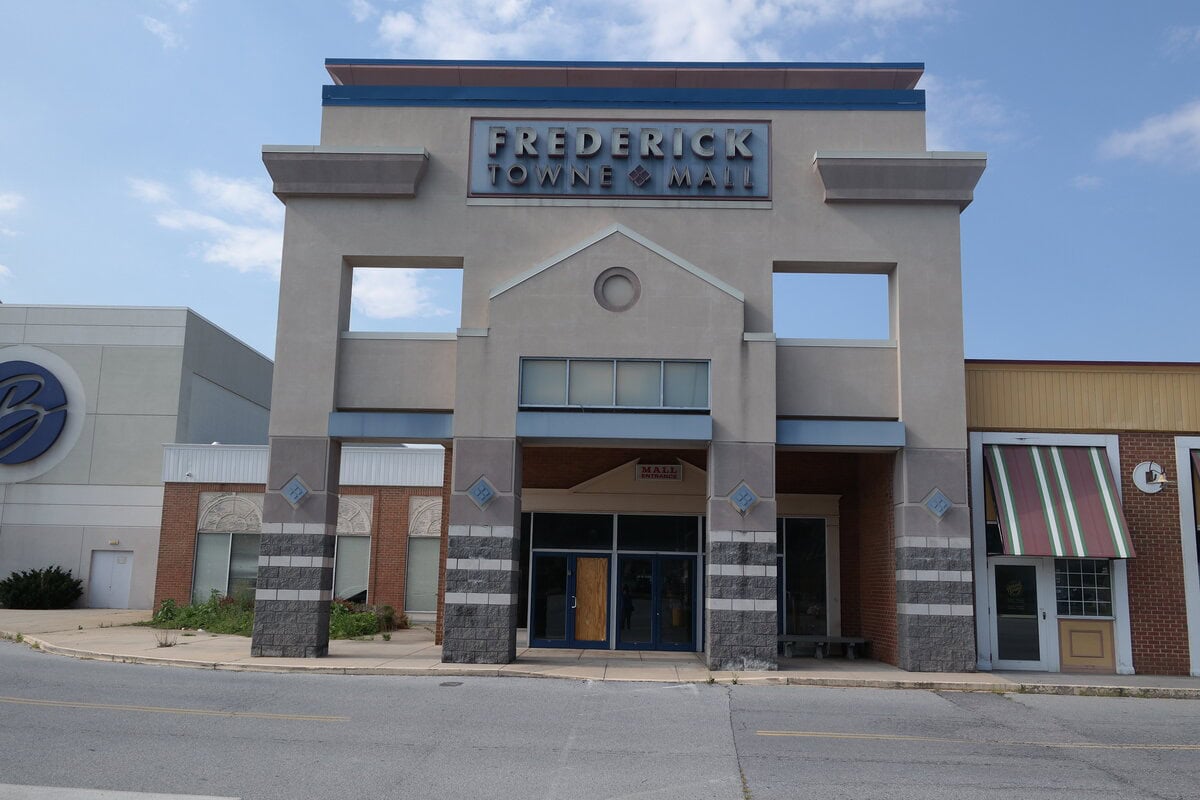

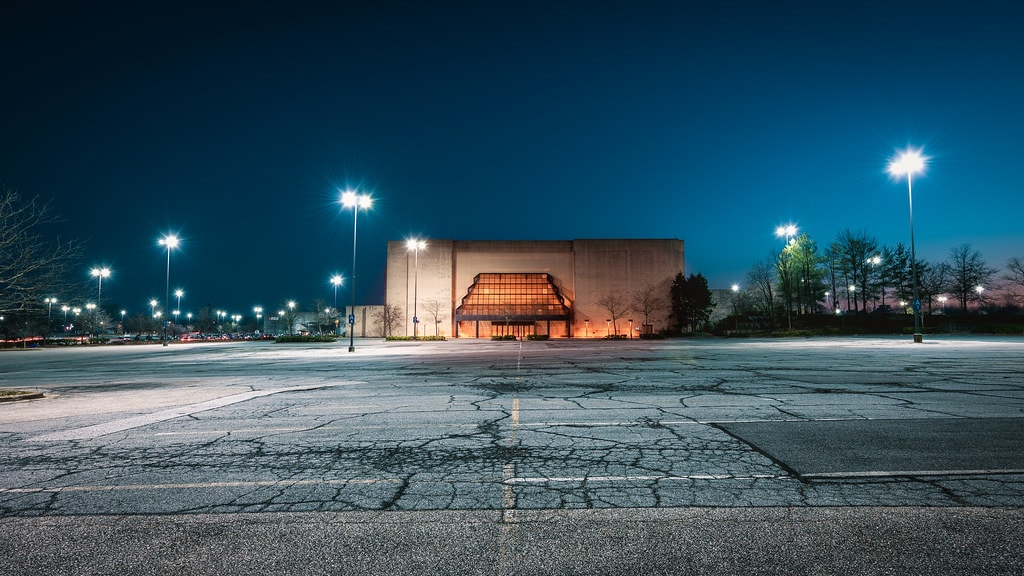
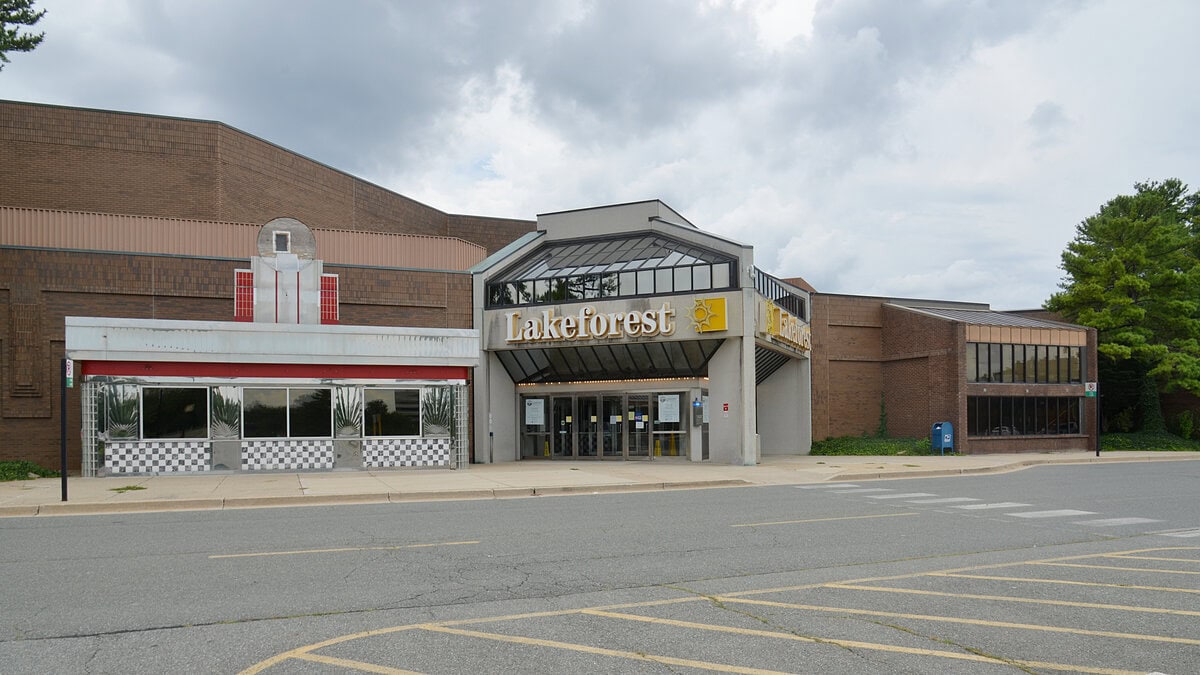
It wasn't just a matter of shopping habits changing. The neighborhood changed with the local residents not all meeting the demographic the Mall sought as customers. Gang members attempting to assassinate rivals in the parking lot and kidnap young women from the transit center was not good for business either, and doesn't bode well for the new development.
The new development plans will have to reckon with more than architectural renderings. If concerns about safety and access aren't addressed head-on, past issues may repeat in a different format.